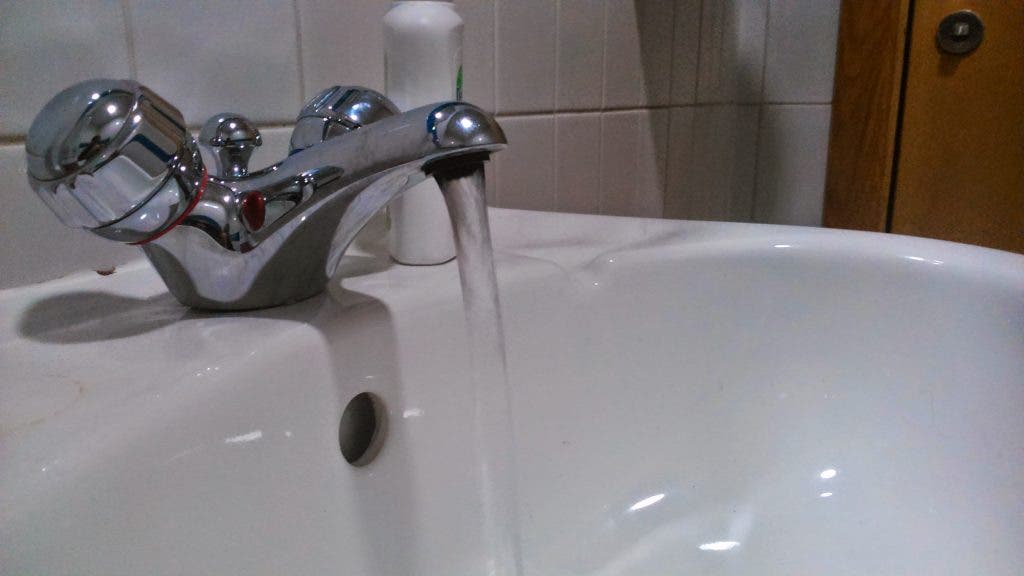According to a new Harvard study, six million Americans are drinking water with high levels of chemicals linked to cancer and other health problems. The substances – polyfluoroalkyl and perfluoroalkyl (PFASs) – exceed federally recommended safety levels in public drinking water supplies in several areas across the US.

Millions of Americans might be drinking water with high levels of contaminants. Photo via Wiki Commons.
Many per- and polyfluoroalkyl substances are found world-wide in the environment, wildlife, and humans. However, they are also produced in a range of manufacturing and industrial applications, as they impart useful properties, including fire resistance and oil, stain, grease and water repellency. PFASs have been used for over 60 years in everything from food wrappers to clothing to pots and pans.
The Environmental Protection Agency (EPA) has stated that it is ‘particularly concerned about so-called long-chain PFAS chemicals.’
“These are persistent in the environment, bioaccumulative in wildlife and humans, and are toxic to laboratory animals and wildlife, producing reproductive, developmental, and systemic effects in laboratory tests,” the EPA writes.
The substances have been associated with cancer, hormone disruption, high cholesterol, and obesity, and although several big producers have stopped using them, they continue to persist in many environments.
Researchers analyzed over 36,000 water samples collected nationwide by the EPA , finding that 66% of water supplies had at least one sample with high levels of PFASs. That translates into 6 million Americans being exposed to unsafe levels of contaminants. To make things even worse, researchers believe that the provisional level established by the EPA is already too high as it is.
“These compounds are potent immunotoxicants in children and recent work suggests drinking water safety levels should be much lower than the provisional guidelines established by EPA,” said Elsie Sunderland, senior author of the study and associate professor in both the Harvard Chan School and SEAS.
The highest levels of PFASs were detected in watersheds near industrial sites, military bases, and wastewater treatment plants — all places where these chemicals may be used or found. After noticing this, researchers also sampled industrial sites that manufacture or use PFASs. Discharges from these plants cannot be removed from wastewater by standard treatment methods, and they could contaminate groundwater and/or drinking water.









